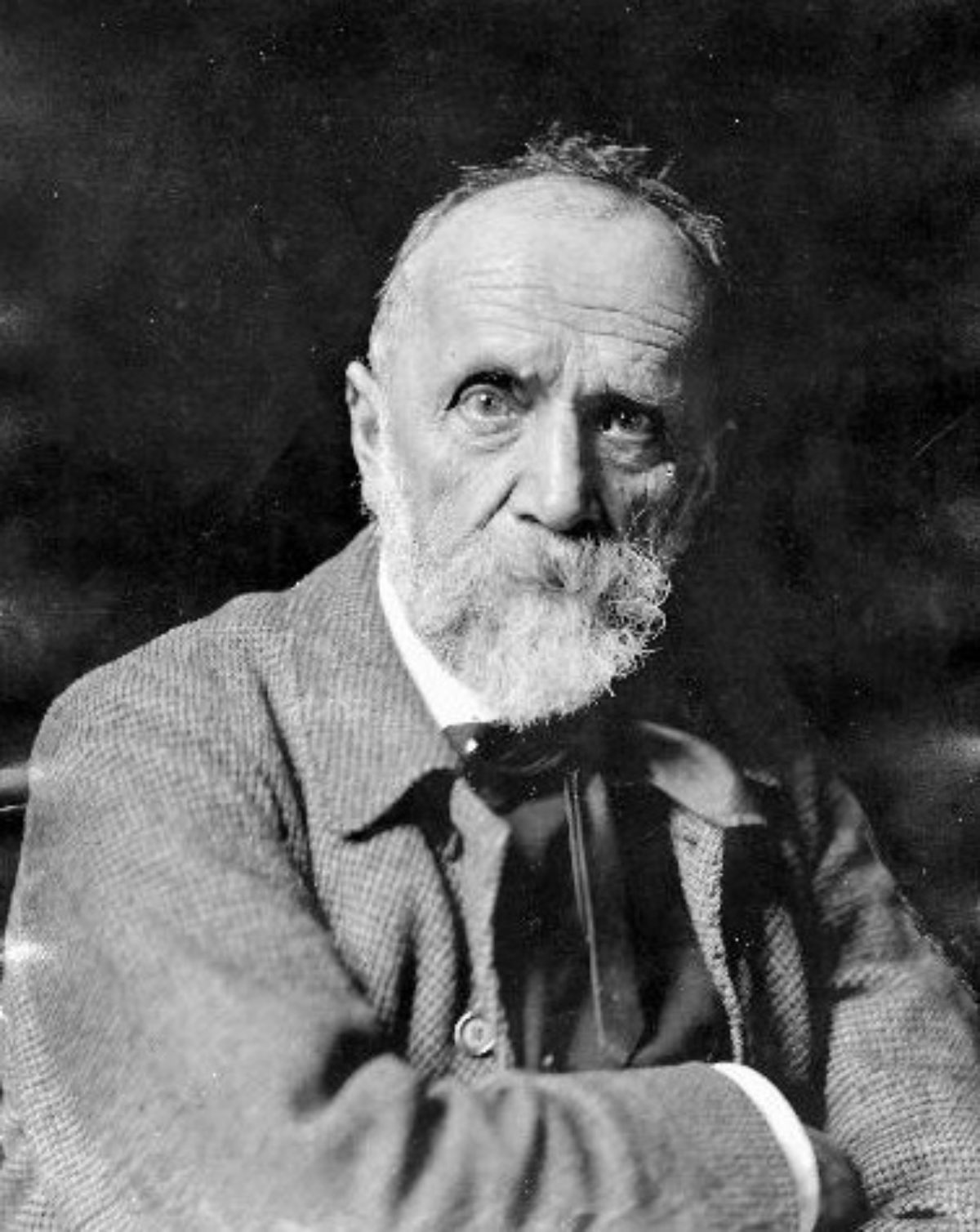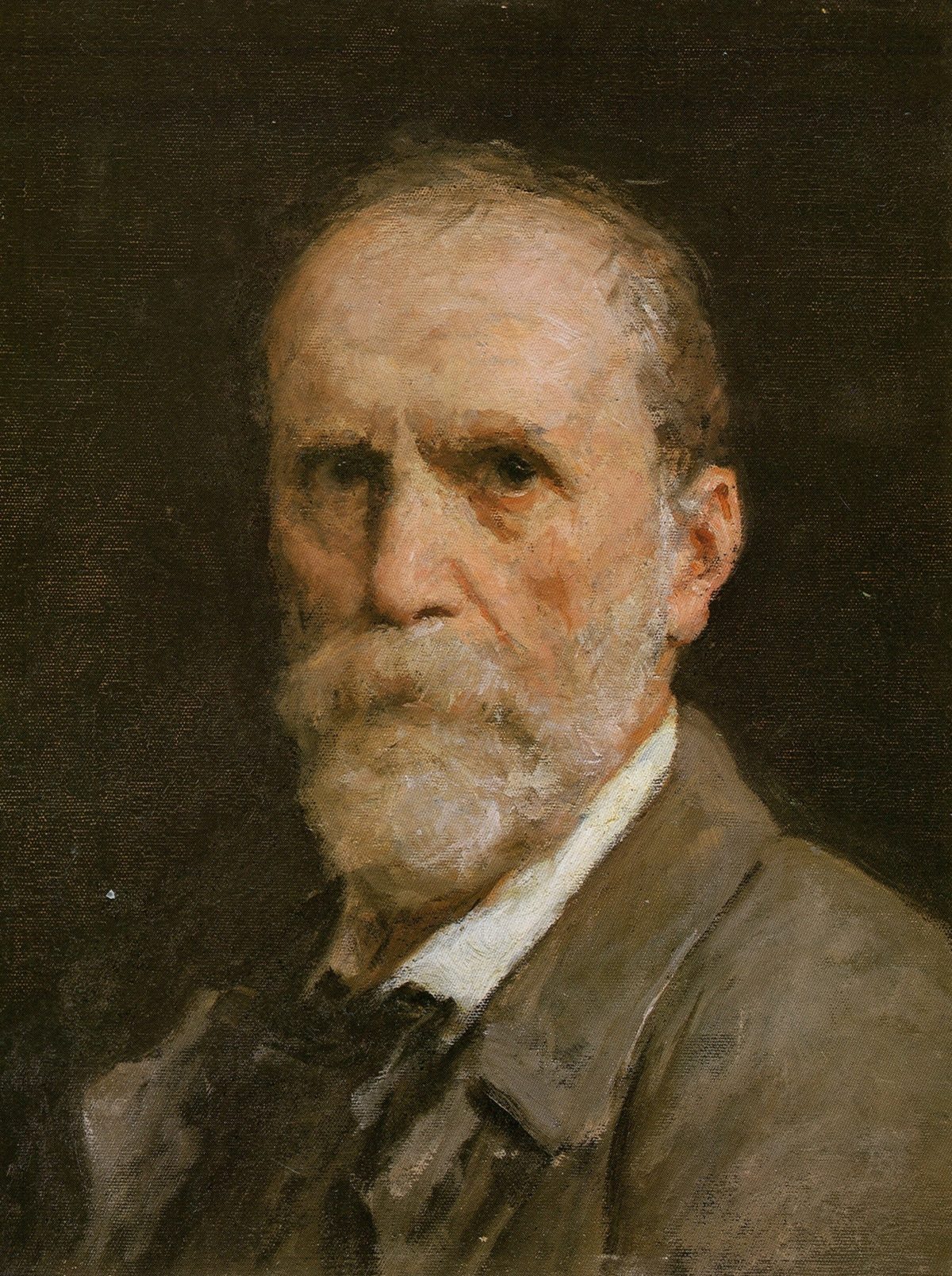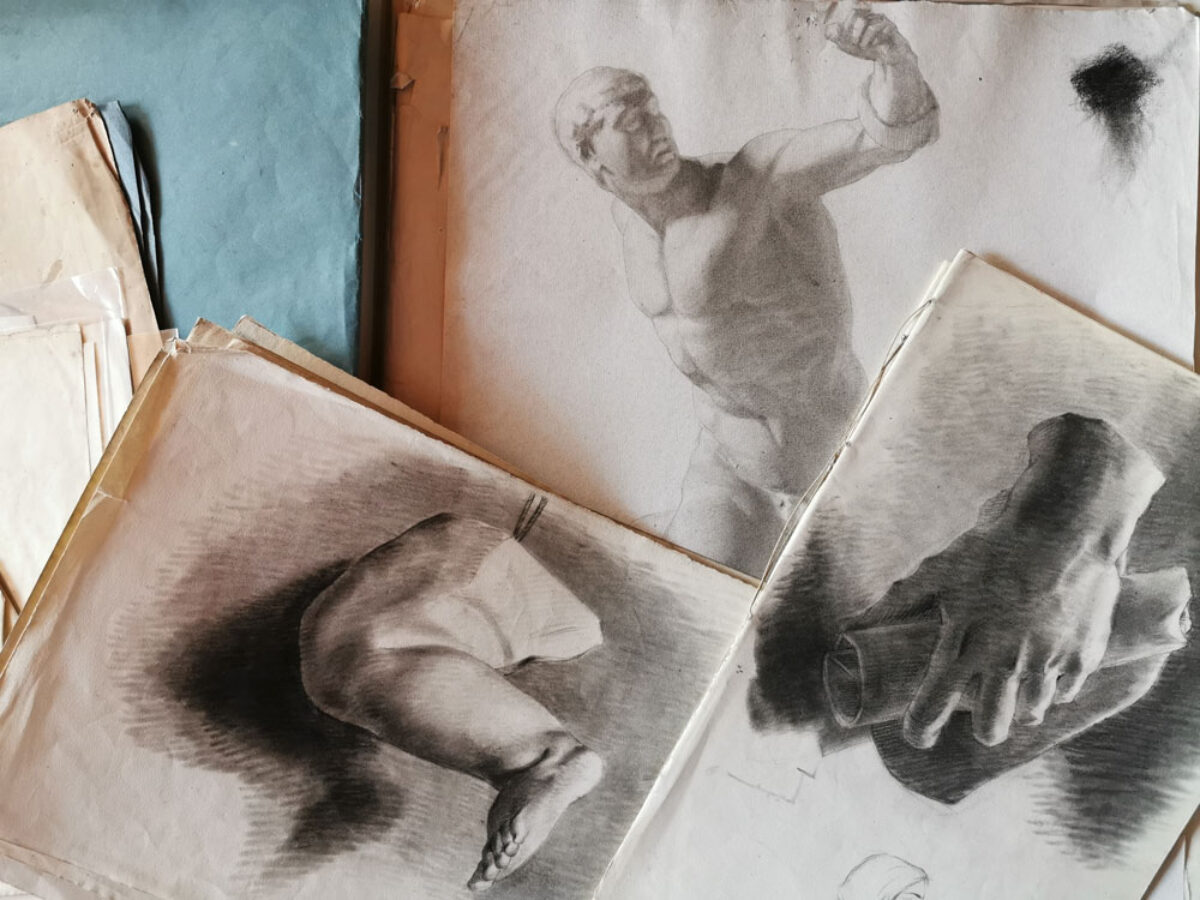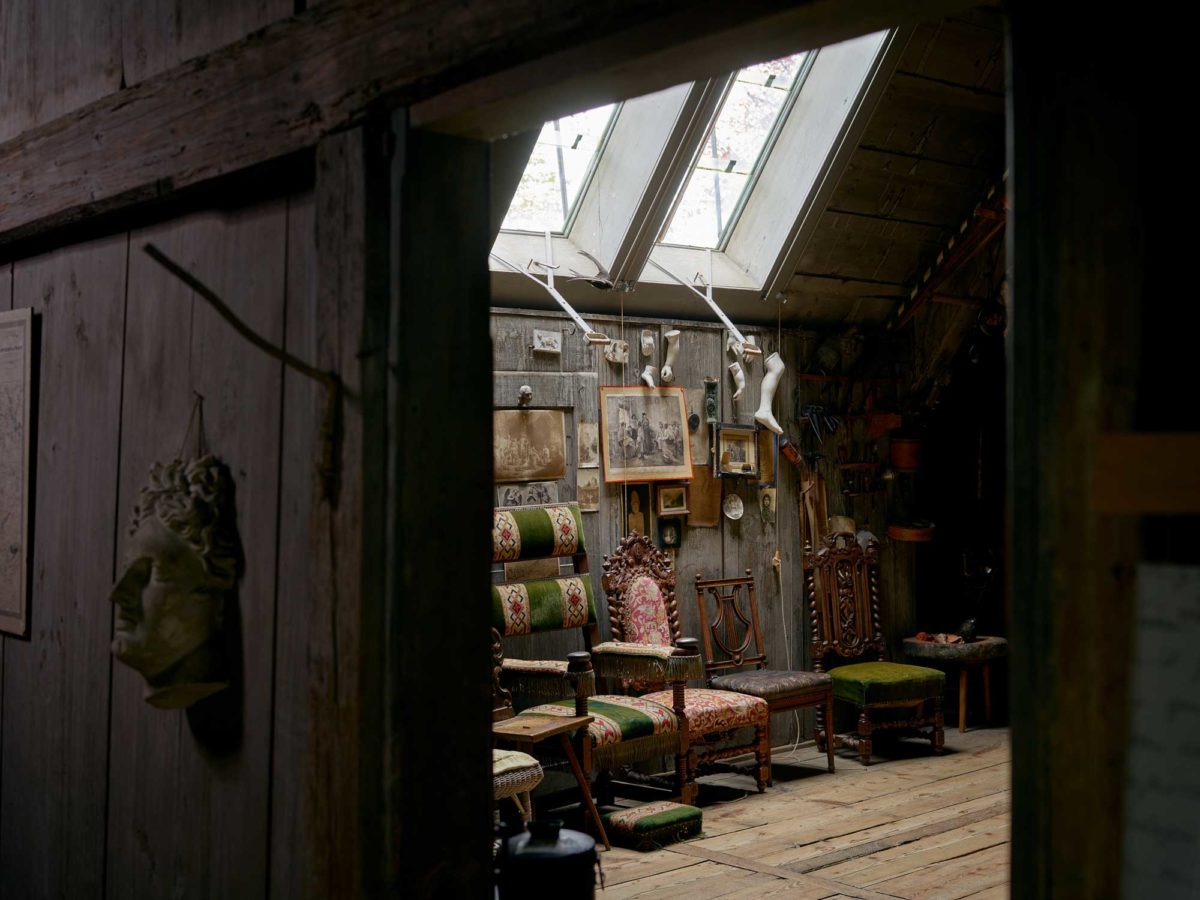Albert Anker

Albert Anker – the artist and person in his era
Albert Anker (1831 – 1910) is the most famous swiss artist of all times. Even swiss residents who don’t or rarely vsit an art museum know his realsitic depictions of rural communitites. Ankers positiv view on his on present is part of our collective imagery.
Ankers artwork posseses a key position in the swiss museal collecrtions. On todays art market he is amongst the most sought after and highpriced swiss artists, next to Ferdinand Hodler and Alberto Giacometti. The enormous popularity of Anker in his country of origin is responsible for the fact that over 99% of his work resides in swiss collections, even though he had customers all over the world.
Alber Anker was born in 1831 in Ins, in an area called Seeland near Berne. In Paris he received his classical artistic education under Charles Gleyre. He oriented himself on the classicism of Jean- Auguste- Dominique Ingres. Anker had a mission as a person and as an artist. In his artwork he sheds light on existentialist and societal topics based on his protestant views. In doing so, he doesn’t accuse but creates an image of an intact community. Ankers realistic scenes are a contribution to the topic of earthly paradise, which artists like Giovanni Segantini and Paul Gaugin created as a contrast to the anonymitiy and exploitation of the industrial age. His depiction of people reading the newspaper or school scenes also show the emancipation of the rural population to well informed and mature citizens.
During his lifetime, Anker is an internationally connected and successful artist who is as renowned in france as he is in switzerland. He owns an art studio in Paris for years, his second residence between 1854 and 1890. He participates at the salon regularly, where he is as successfull as in exhibitions held in switzerland. The galery of Adolphe Goupil in Paris distributes his artwork to customers all over europe. His illustrations for Gotthelfs literary work add to his fame aswell. In his homeland he holds government offices such as in the commissions of education, the church and the choir for men in Ins. In his political engagement he also drove forward the construction of the art museum in berne and watched closely over the correction of the waters of the region of Jura. As a member of the federal art commission and the foundation Gottfried Keller he commits himself to the advancement of active artists respectively to the organization of public art collections.
« Is Anker still alive? I often think about his work, I find it so proficient and delicately interpreted. He truly is one of the old school... »
(letter Nr. 336, original in dutch language.)
Albert Anker (1831- 1910), without a doubt the most popular swiss painter. His portraits of children and the elderly from his place of origin, Ins, are unforgettable. Less renowmed is his work accomplished in Paris, his Fayences and spontanious sketches. The research around Anker discovers the artist as an open minded humanist, educated and interested in a broad spectrum of topics. His scriptures carry importance even for the present time.
Link to the biography by SIK- ISEA (swiss institute of art history)

Oil on canvas, 19inx15in
Letter of 18 year old Albert Anker to his friend and painter Auguste Bachelin on June 9th, 1849, discussing art:
… What is art? It surely isn’t just imitation, but consists of two components:first one needs to form an ideal in his mind, secondly one must create this ideal to be perceived by others, give it a form which finds its way into our vision and hearing…
I believe that the beauty that should direct every artist in his creation consits of the harmony between the ideal envisioned by the artist and all exterior possibilities which assist him in his process of creation…
The artist needs to learn to give an outer form to his ideal. For this, one goes to the museums and art studios, to learn from the experience of others. Like the poet studies his language, the measurement of the verses to create his masterpiece, the painter needs to learn how to guide his brush, how to use colour, he needs to be able to draw well…





